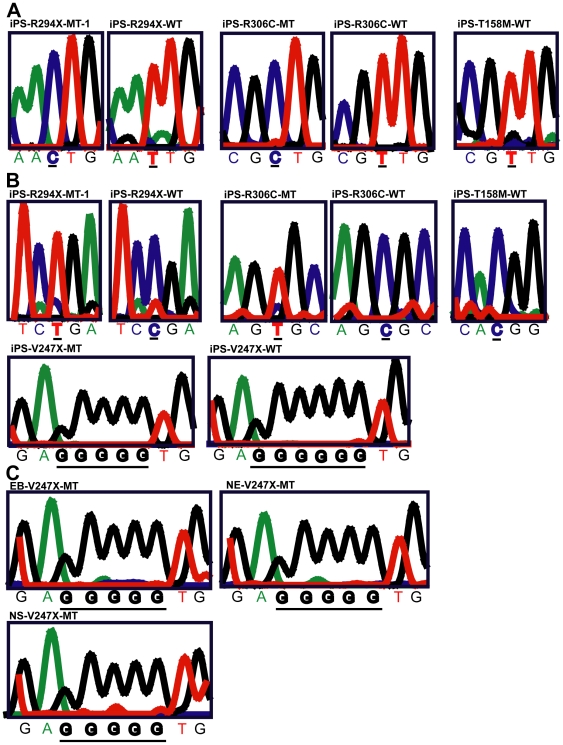Epigenetics refers to mitotically and/or meiotically heritable variations in gene expression that aren’t attributable to modifications in DNA sequence. Epigenetic mechanisms regulate all organic processes from conception to loss of life, together with genome reprogramming throughout early embryogenesis and gametogenesis,
cell differentiation and upkeep of a dedicated lineage. Key epigenetic gamers are DNA methylation and histone post-translational modifications, which interaction with one another, with regulatory proteins and with non-coding RNAs, to rework chromatin into domains corresponding to euchromatin, constitutive or facultative heterochromatin and to realize nuclear compartmentalization.
Besides epigenetic mechanisms corresponding to imprinting, chromosome X inactivation or mitotic bookmarking which set up heritable states, different fast and transient mechanisms, corresponding to histone H3 phosphorylation, permit cells to reply and adapt to environmental stimuli.

epigenetic marks being reversible
However, these epigenetic marks can even have long-term results, for instance in studying and reminiscence formation or in most cancers. Erroneous epigenetic marks are liable for an entire gamut of ailments together with ailments evident at delivery or infancy or ailments changing into symptomatic later in life. Moreover, though epigenetic marks are deposited early in growth, diversifications occurring via life can result in ailments and most cancers.
With epigenetic marks being reversible, analysis has began to concentrate on epigenetic remedy which has had encouraging success. As we witness an explosion of data within the discipline of epigenetics, we’re pressured to revisit our dogma.
For instance, current research problem the concept DNA methylation is irreversible. Further, analysis on Rett syndrome has revealed an unexpected position for methyl-CpG-binding protein 2 (MeCP2) in neurons.
Autism is a neurodevelopmental syndrome with markedly excessive heritability. The diagnostic indicators of autism are core behavioral signs, slightly than definitive neuropathological markers.
Etiology is believed to contain complicated, multigenic interactions and potential environmental contributions. In this evaluation, we concentrate on genetic pathways with a number of members represented in autism candidate gene lists. Many of those pathways will also be impinged upon by environmental danger elements related to the dysfunction.
The mouse mannequin system supplies a technique to experimentally manipulate candidate genes for autism susceptibility, and to make use of environmental challenges to drive aberrant gene expression and cell pathology early in growth. Mouse fashions for fragile X syndrome, Rett syndrome and different problems related to autistic-like conduct have elucidated neuropathology which may underlie the autism phenotype, together with abnormalities in synaptic plasticity.
Mouse fashions have additionally been used to analyze the results of alterations in signaling pathways on neuronal migration, neurotransmission and mind anatomy, related to findings in autistic populations. Advances have included the analysis of mouse fashions with behavioral assays designed to mirror illness signs, together with impaired social interplay,
communication deficits and repetitive behaviors, and the symptom onset through the neonatal interval. Research specializing in the impact of oncologic gene-by-gene interactions or genetic susceptibility to detrimental environmental challenges might additional understanding of the complicated etiology for autism.
